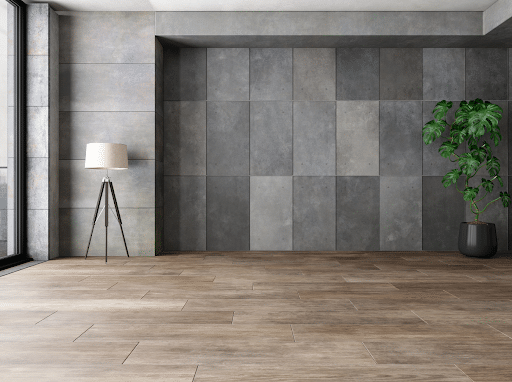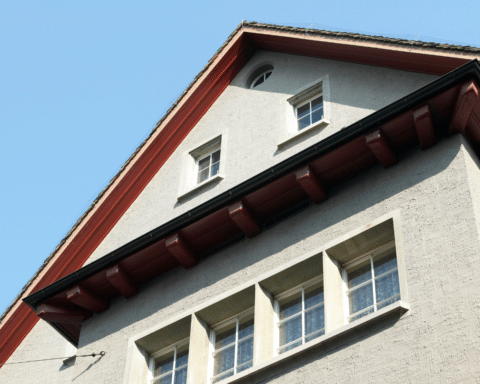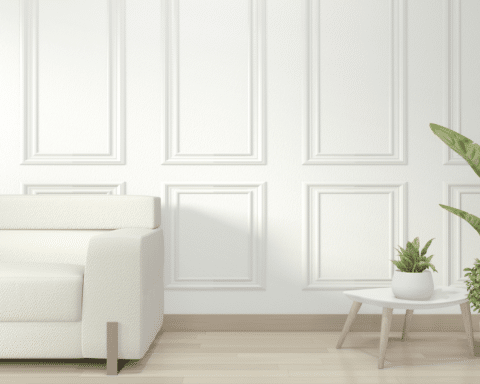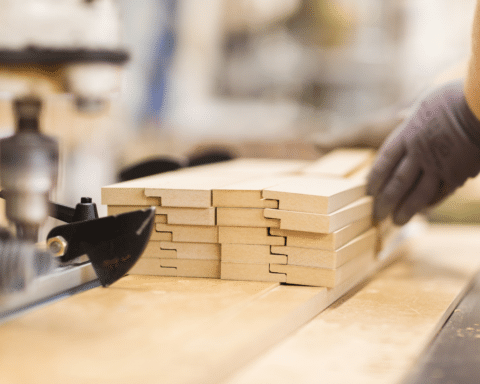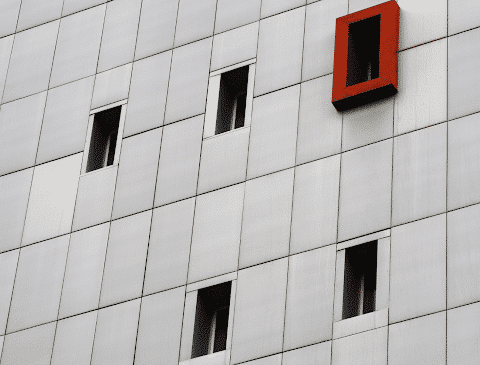Brick and stone walls undoubtedly possess a charm that enhances the visual appeal of any construction, but did you know that their utility goes far beyond mere appearance? Let’s explore everything you need to know about the versatility of brick and stone walls.
What Makes the Brick and Stone Wall So Unique
Brick and stone walls are prized for their enduring aesthetic appeal and robust qualities. Beyond their timeless look that complements various design styles, these walls offer exceptional durability and resilience, with unmatched resistance to weather, fire, and pests and excellent soundproofing capabilities. Additionally, they have energy-efficient properties by maintaining consistent indoor temperatures, reducing the need for artificial heating and cooling methods.
Key Differences Between Natural Stone and Manufactured Stone Walls
When it comes to stone walls, you can choose between natural and manufactured stone. Natural stone is precisely what it sounds like – stone directly extracted from the earth, processed only to the extent necessary to create uniform or random sizes. Conversely, the manufactured stone is a human-made product produced using concrete mix, pigments, and molds.
Here are the notable differences between the two:
- Appearance: Natural stone offers a unique and random pattern, while manufactured stone has a more consistent and predictable look.
- Durability: Both are durable, but natural stone edges out with its long-standing durability that can span centuries. Manufactured stone, on the other hand, has a lifespan that depends on the quality of the concrete mix.
- Cost: Natural stone tends to be more expensive due to the extraction and processing costs. In contrast, manufactured stone is more pocket-friendly, thanks to its mass production.
How Exterior Walls Are Enhanced with Brick and Stone
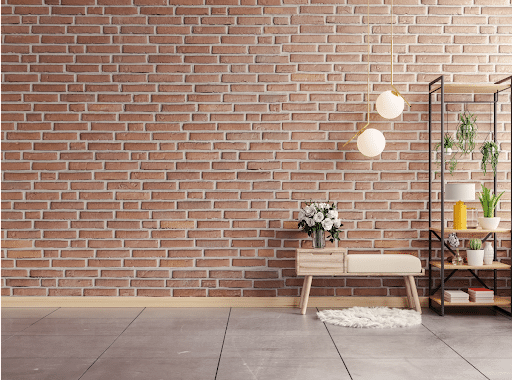
Brick veneer and thin brick offer a cost-effective and lightweight alternative to full brick masonry, providing the same aesthetic appeal. Their lighter weight facilitates quicker and easier installation, making them popular among homeowners.
These alternatives enhance exterior wall aesthetics and, being non-structural, are less prone to cracking under exposure to moisture or foundation movement. Despite being non-load bearing, veneers contribute to thermal insulation for the walls, combining functional benefits with a classic brick look.
Enhancing Exterior Walls with Stone Texture
Stone texture significantly upgrades exterior walls, adding depth and visual interest. Whether polished or rough-cut, various textures create unique looks, enhancing curb appeal. Beyond aesthetics, textured stones offer functional benefits such as non-slip surfaces for safety in areas like patios and pool decks. They also conceal dirt and stains, reducing cleaning frequency.
Types of Stone and Brick Used on Your Home’s Walls
Natural Stone
Natural stones like granite, limestone, and marble are favored for enhancing home aesthetics. Excavated directly from the earth, they maintain an authentic appearance and texture. The use of natural stone in wall construction offers benefits such as durability, environmental friendliness, and uniqueness. Each stone panel exhibits an individual pattern and palette, adding distinctiveness to the structure. While the initial cost may be high, the long-term durability makes natural stone a worthwhile investment.
Cultured Stone
Cultured stone, or manufactured stone veneer, is a cost-effective alternative to natural stone, engineered in a factory using cement, natural aggregates, and pigments. This lightweight and versatile product mimics the appearance of different natural stone varieties, offering an affordable and customizable option for homeowners.
The benefits include cost-effectiveness, a wide variety of looks replicating natural stone, and easy transportation and installation due to its lightweight nature.
Brick
Brick, a traditional building material, is still sought after due to its durability, fire resistance, and timeless aesthetic charm. There are various types of bricks, including clay bricks and concrete bricks, each with unique qualities to serve different construction needs.
Brick veneer, thin brick, and other brick varieties are primarily manufactured from natural materials such as clay and shale. However, they undergo high-temperature kiln processing, ensuring durability. Brick walls also provide excellent heat insulation and noise reduction.
Find Home Insight from High Performance Home
If you’re eager to explore innovations in the home industry, High Performance Home provides exclusive insights. Browse our website to discover the latest in home design, check out our blogs, or learn about our mission to connect stakeholders for industry performance and development. Explore ways to warm up your space with wood wall coverings, discover textile wall designs for a cozy atmosphere, and find innovative wall coverings for modern homes. Additionally, explore bespoke bathroom wall styling and services, exclusive kitchen wall customization services, and custom living room wall setting services. Our resources cater to diverse interests, offering valuable information and inspiration for your home projects.
Frequently Asked Questions
Is stone wall cheaper than brick?
Whether a stone wall is cheaper than brick depends on local availability of materials and labor costs, but stone can often be more expensive.
Is it cheaper to build with stone or brick?
Generally, brick tends to be cheaper to build with than stone due to its uniformity and lower labor costs.
What are the pros and cons of stone vs brick?
The pros of stone include its unique natural aesthetic, enhanced durability and the fact that it requires little maintenance, whereas the cons are its higher cost and the skilled labor needed for installation; on the other hand, brick offers a more uniform appearance, lower costs, and easier installation, but it may not be as durable as stone and can require more maintenance over time.
Plaster and stucco, prized for their distinctive aesthetic appeal, offer natural and sustainable solutions for both exterior and interior walls. Plaster, composed
Read More →Enhancing the aesthetic appeal of your living spaces goes beyond choosing the right furniture or color scheme; it often lies in the
Read More →Embarking on a journey to redefine your living spaces involves making informed choices, especially when it comes to elements like walls. In
Read More →Are you ready to elevate your home decor effortlessly? Consider the transformative power of 3D wall panels. These dimensional decorations offer a
Read More →
